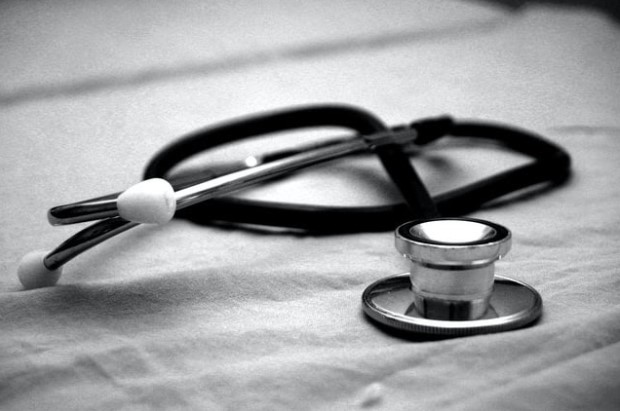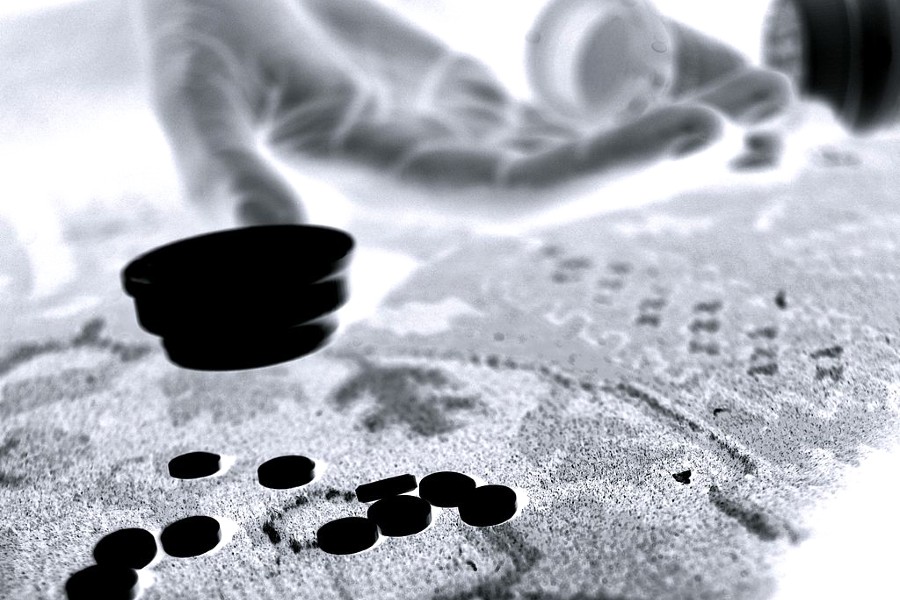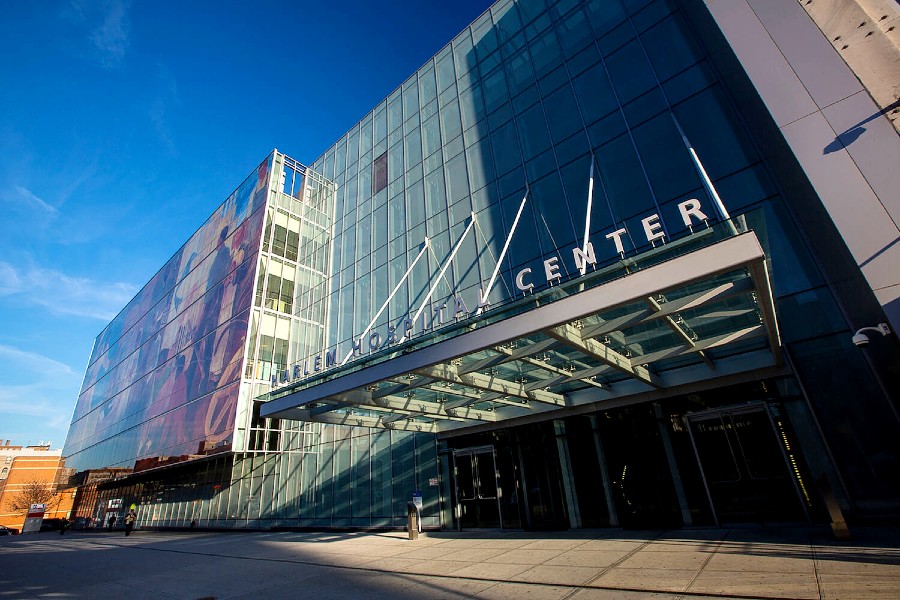 Socio-economic circumstances are often partnered by mental health challenges, especially in the lower socio-economic or more impoverished communities.
Socio-economic circumstances are often partnered by mental health challenges, especially in the lower socio-economic or more impoverished communities.
The article titled “Addressing Poverty and Mental Illness,” highlights the fact that there is a strong causal link between poverty and mental health. And evidence suggests that poverty prevents individual and familial economic development and the rise in mental illnesses resulting in a “vicious intergenerational cycle of poverty and poor health.”
At this juncture, it’s essential to note, that while local authorities seem to have lost the political willpower to improve mental health treatment facilities for marginalized communities, there is another option: Seek affordable healthcare online by searching for psychologists near Harlem.
Harlem: Population movements during the last 150 years
As most people know Harlem is a neighborhood in the borough of Manhattan New York City. Its history demonstrates that the area has been “been defined by a series of economic boom-and-bust cycles, with significant population shifts accompanying each cycle.”
It was founded in 1658 by the Dutch settlers. The original village was named after the Dutch city Haarlem in the Netherlands. By the nineteenth century, the population composition of Harlem, NYC shifted. And the district was mainly populated by Jewish and Italian Americans.
The Great Migration, the movement of over 6 million African Americans from the rural Southern USA to the Northeast, West, and Midwest USA, occurred between 1916 and 1970. This mass migration was primarily the result of racial tensions caused by discrimination and segregation in the US south as well as the poor socio-economic conditions.
Census statistics showed that before 1910 over 90% of the African American population lived in the South. These numbers changed after the Great Migration and demonstrated that just under 50% of African Americans lived in the North and West. And, what is even more important to note is that the African American population moved from a rural, self-sufficient way of life to a highly urbanized lifestyle.
This quotation below by Nicholas Lemann describes the significance and consequences of the Great Migration.
“The Great Migration was one of the largest and most rapid mass internal movements in history—perhaps the greatest not caused by the immediate threat of execution or starvation. In sheer numbers, it outranks the migration of any other ethnic group—Italians or Irish or Jews or Poles—to [the United States]. For [African Americans], the migration meant leaving what had always been their economic and social base in America and finding a new one.”
As an aside, this fact bears relevance to the African American communities’ socio-economic circumstances and the impact it has on their mental health while living in neighborhoods like Harlem.
COVID-19: Socio-economic conditions for residents of Harlem, NYC
The global SARS-CoV-2 pandemic has driven the world’s economy into the worst depression since The Great Depression of the 1930s. Coupled with the fact that the virus is not under control in most countries, especially the USA, the world’s communities are confused and frightened.
Ian Bremmer notes in his article published on time.com that the outlook for 2021 is uncertain. The virus numbers have started climbing again. According to statistics reported by the John Hopkins University, the USA recorded its highest daily virus count in over a month.
The development, production, and distribution of a vaccine are seen as the gold standard of COVID-19 eradication, as it is the only way that herd immunity can be safely achieved.
However, the development of a successful vaccine is months if not years away.
The political willpower to drive lasting change for the impoverished communities not only in Harlem but across the whole of the USA, seems to be lacking.
Jack Lew, a visiting professor at Columbia’s School of International and Public Affairs and former U.S. Secretary of the Treasury is quoted as having said the following:
“COVID-19 has intensified the challenges that minority-owned small businesses in Harlem and other neighborhoods have long faced as a result of racial bias and unequal access to credit. Yet the federal government’s response to date has failed to get support to enough of these underserved businesses.”
Note: As this quotation by Jack Lew states, COVID-19 has exacerbated the economic challenges in communities like Harlem. But Harlem was a more impoverished community before the COVID-19 pandemic. And it would seem as though not much has changed for the residents of such communities.
The mental health crisis in Harlem and its solutions
As described above, poverty and mental health issues go hand-in-hand. Again, these findings have not taken the impact of the global pandemic on the human psyche into account.
Reported statistics show that depression and anxiety are skyrocketing during the pandemic, especially among young adults. Recorded symptoms of anxiety and depressive disorder have tripled since the start of 2020.
A June 2020 survey that analyzed information from more than 5 400 adult respondents found that 41% of these respondents reported symptoms of at least one mental health condition, and 31% experienced feelings of anxiety and depression. 11% of participants had seriously considered suicide in the previous 30 days, and 13% reported increased substance abuse due to the increased feelings of depression and anxiety.
While this study does not specify the participants’ residential locations, these figures represent a subsection of the American population. The study also does not categorize people according to their socio-economic status.
However, by looking at the conclusions or threads from the multiple studies quoted in this article, we can conclude the following:
- There is a correlation or causal relationship between poverty and mental illness. This relationship becomes a vicious cycle because mental illness prevents and prohibits the sufferer’s ability to improve their socio-economic circumstances, increasing the risk of mental health issues.
- COVID-19 is responsible for expanding the number of people without work; consequently, being forced to live under the breadline.
- The global pandemic is also responsible for the increase in the numbers of people displaying anxiety and depression symptoms because of the national and federal social distancing requirements, the loss of income due to the current economic conditions, and the worry about whether friends and family members are going to contract the virus and even die from it.
Final thoughts
There are no quick and easy solutions to the current socio-economic conditions created by the SARS-CoV-2 virus and its associated global pandemic. However, if communities stand together and work together, we’ll all get through these challenging times. Seeking treatment for symptoms of depression and anxiety is the right thing to do. People’s lives matter, and everyone deserves to live the best lives they can.
Become a Harlem Insider!
By submitting this form, you are consenting to receive marketing emails from: Harlem World Magazine, 2521 1/2 west 42nd street, Los Angeles, CA, 90008, https://www.harlemworldmagazine.com. You can revoke your consent to receive emails at any time by using the SafeUnsubscribe® link, found at the bottom of every email. Emails are serviced by Constant Contact








